Which of the following are diastereomers ?

(I)and(III)
(II)and(IV)
(I)and(II)
None
The correct Answer is:C
The Fischer projection of (I)and(II) is wrong because the functional group is not at the top. On rotating (I)and(II) by 180∘. They are represented as shown:
(I) 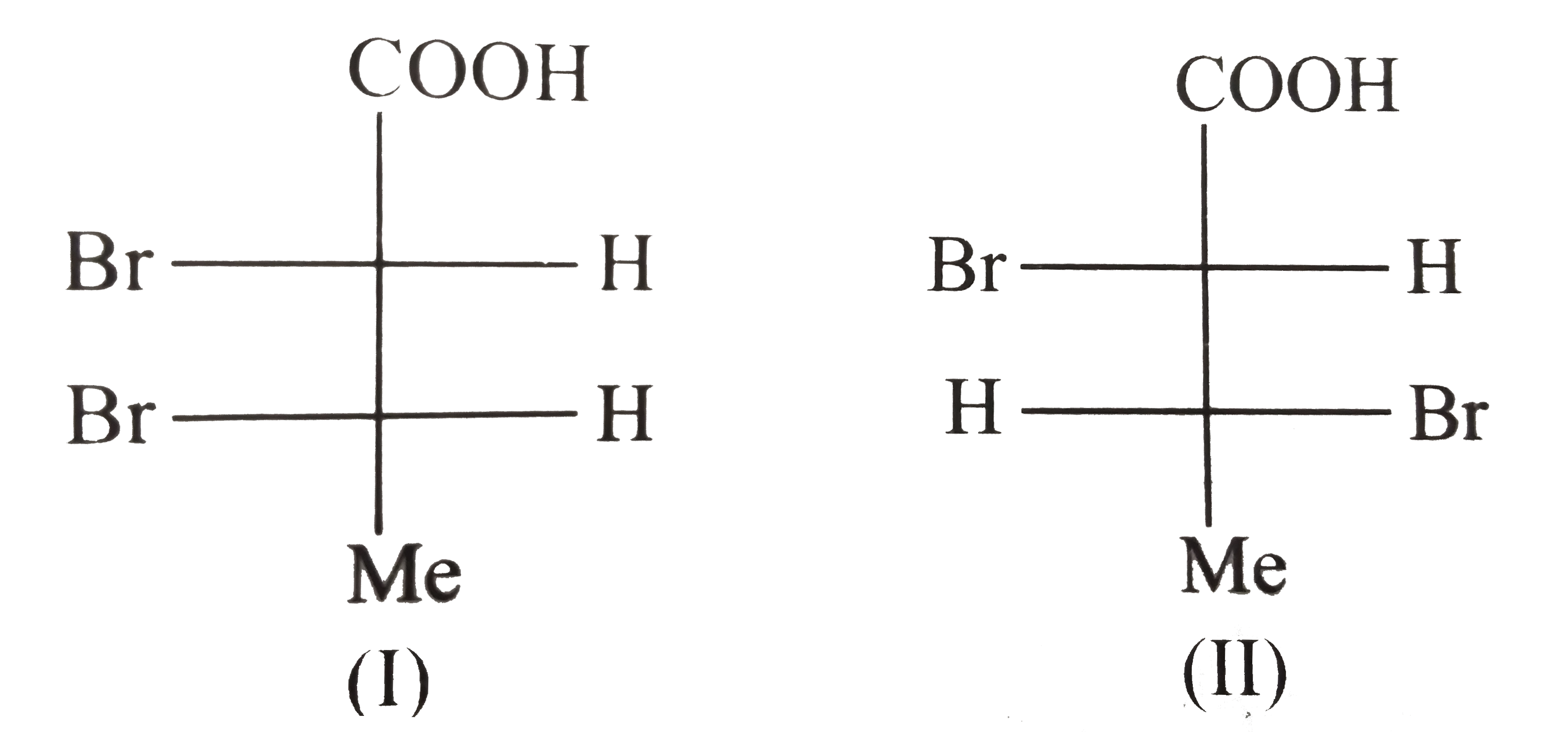
Now, compare I,II,III, and IV
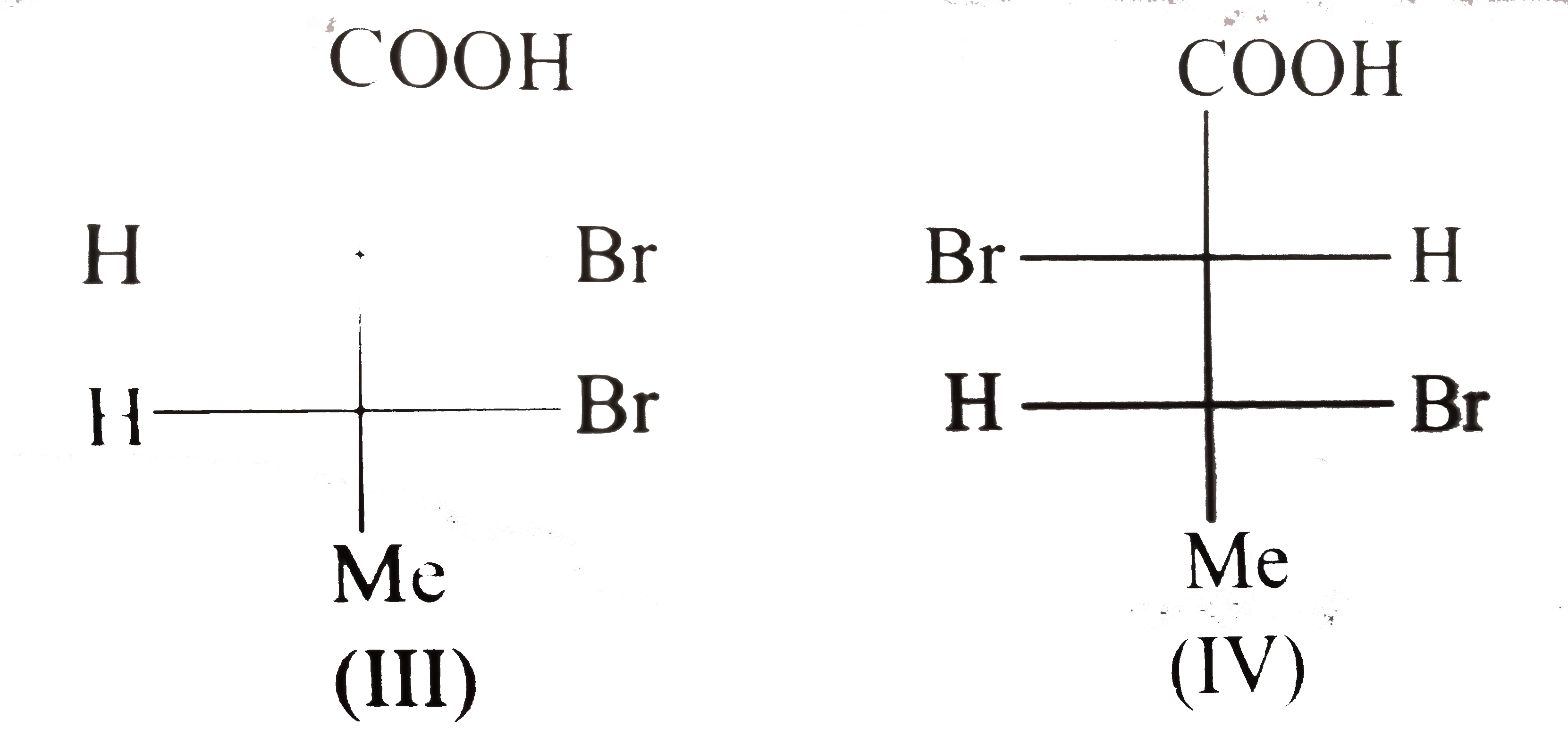
(I)and(III)⇒ Enantiomers
(II)and(IV)⇒ Identical or same
Therefore, the pairs of diastereomers are:
(I),(II),(I),(IV) , and (II),(III)
But the answer given is (C)(I,II).
Topper's Solved these Questions
- BOOK - CENGAGE CHEMISTRYCHAPTER - ISOMERISMEXERCISE - Assertion-Reasoning Type (Exercise)5videos
ISOMERISM
- BOOK - CENGAGE CHEMISTRYCHAPTER - ISOMERISMEXERCISE - Fill in the blanks (Exercise)3videos
ISOMERISM
- BOOK - CENGAGE CHEMISTRYCHAPTER - ISOMERISMEXERCISE - Single correct answer type13videos
ISOMERISM
- BOOK - CENGAGE CHEMISTRYCHAPTER - IONIC EQUILIBRIUMEXERCISE - Archives Subjective28videos
IONIC EQUILIBRIUM
- BOOK - CENGAGE CHEMISTRYCHAPTER - NCERT BASED EXERCISEEXERCISE - Chemical Equilibrium72videos
NCERT BASED EXERCISE
Similar Questions
Which one of the following is a diastereomer of (R )-4-bromo-cis-2-hexene?
View SolutionVladimir Markovnikov rule:
Alkenes undergo electrophilic addition reactions. It is triggered by the acid acting as a electrophile toward π-electrons of the double bond.
Markovnikov's rule states that when an unsymmetrically substituted alkene reacts with a hydrogen halide, the hydrogen atom adds to the carbon that has the greater number of hydrogen, e.g.,
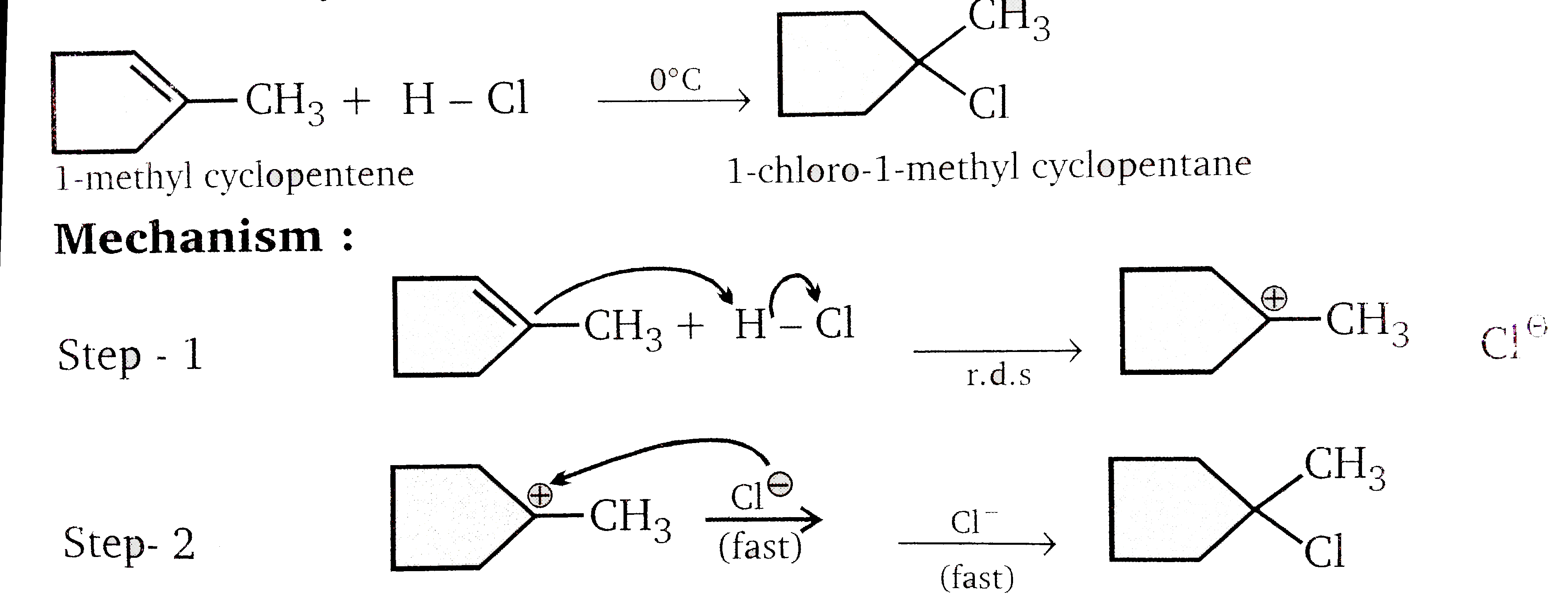 In which of the following reaction, diastereomers will be formed?View Solution
In which of the following reaction, diastereomers will be formed?View Solution
Knowledge Check
- Question 1 - Select One
Which of the following show diastereomers ?
A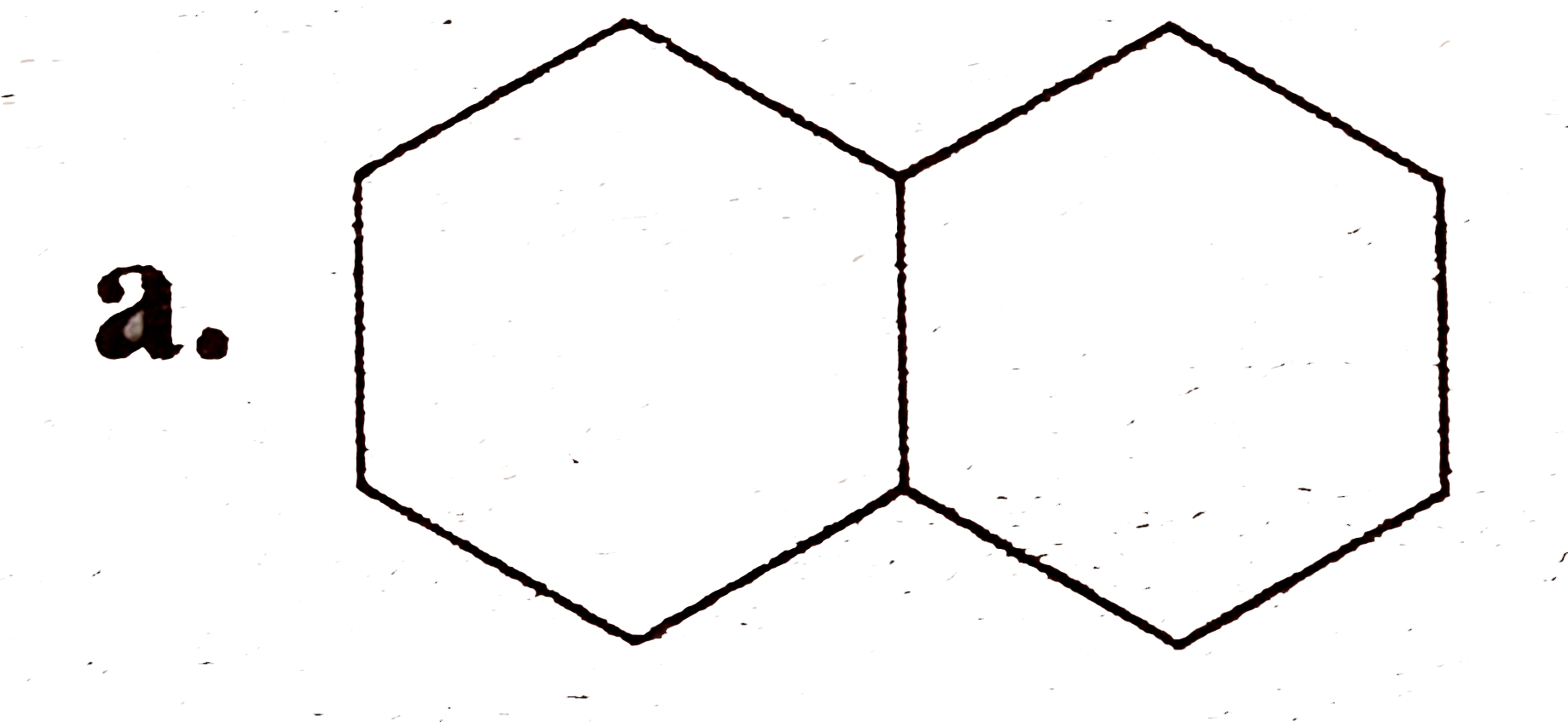 B
B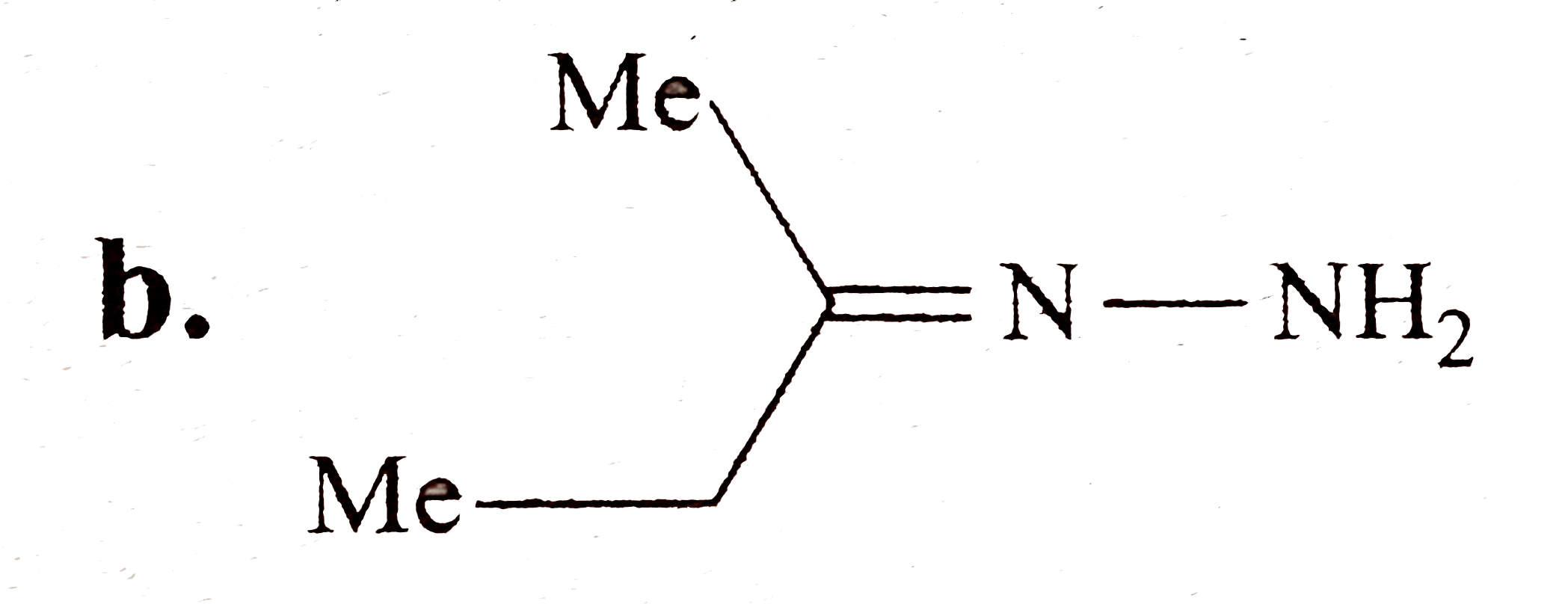 C
C D
D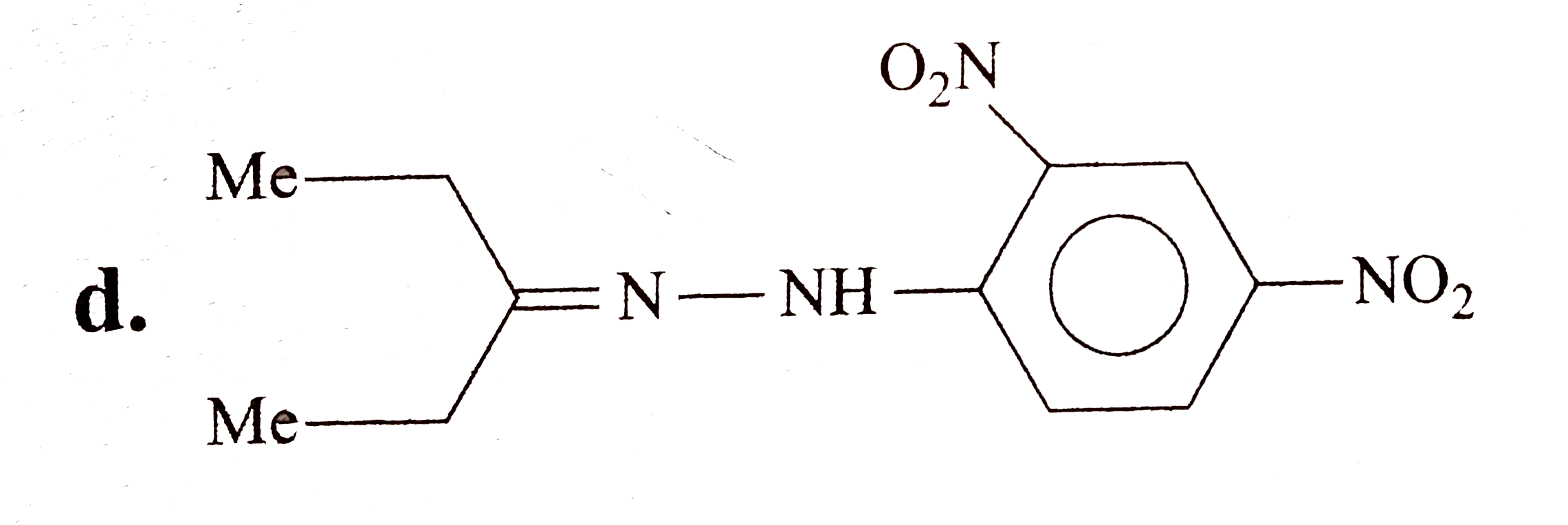
- Question 2 - Select One
Which of the following pairs are diastereomers?
A CHO CHO | |H−C−OHandHO−C−H | | CH3 CH3B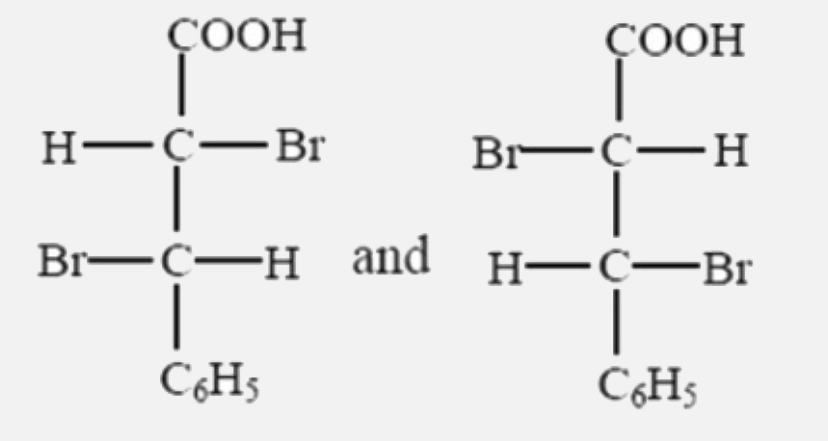 C
C DAll of these
DAll of these - Question 3 - Select One
Which of following pair is diastereomers?
A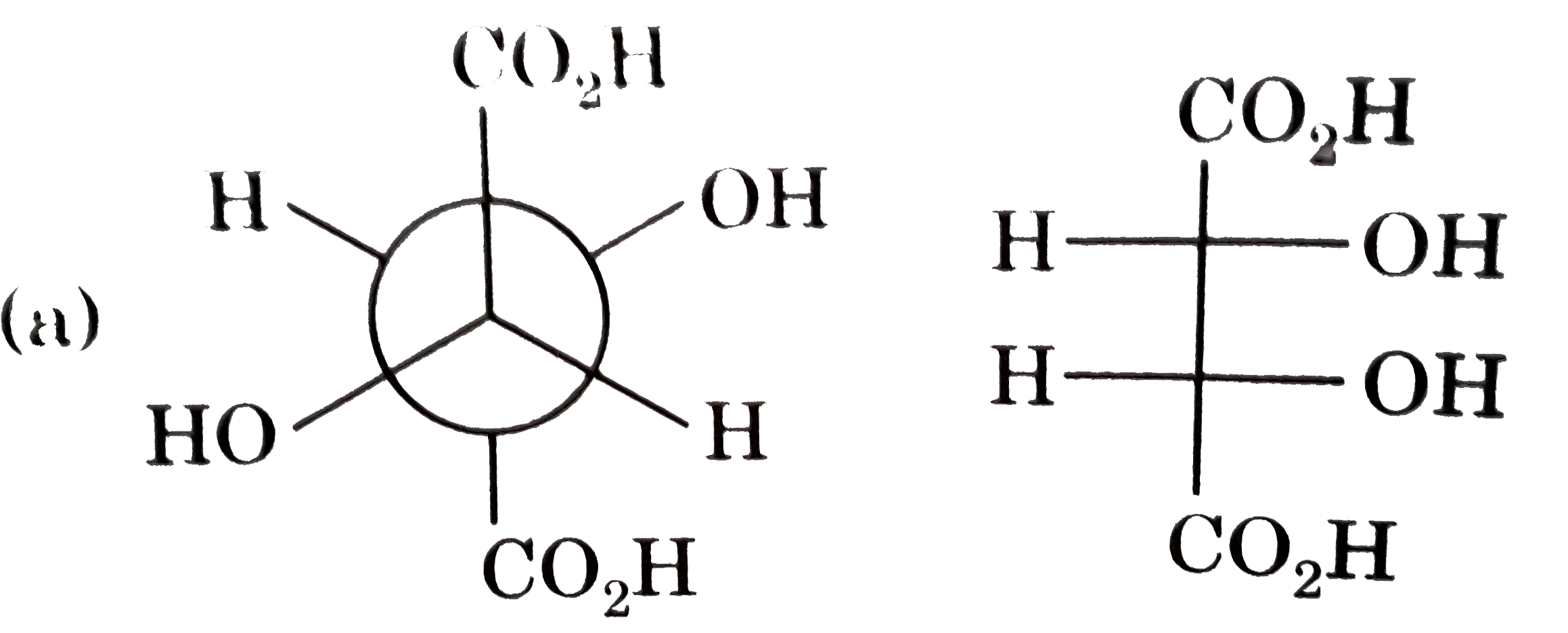 B
B C
C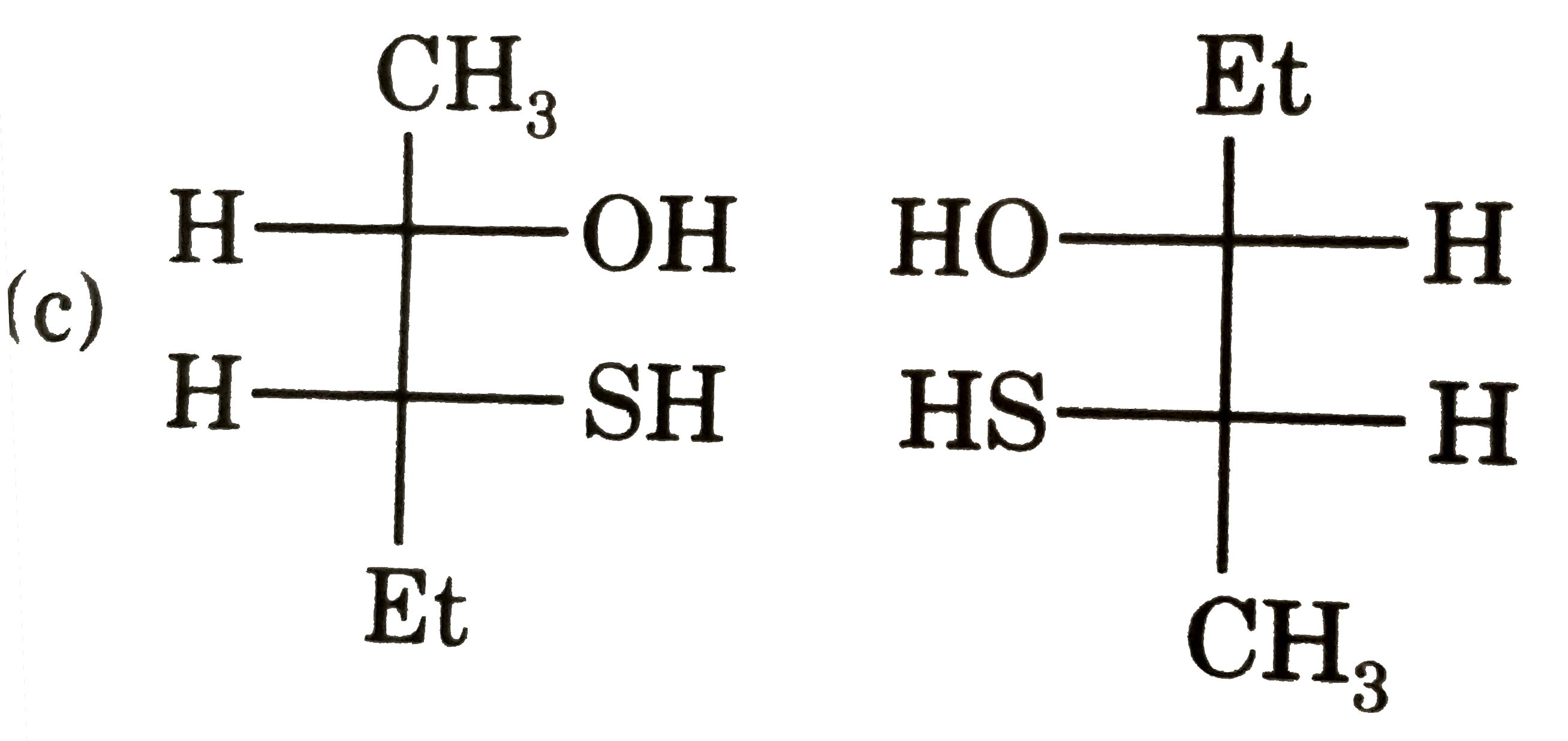 D
D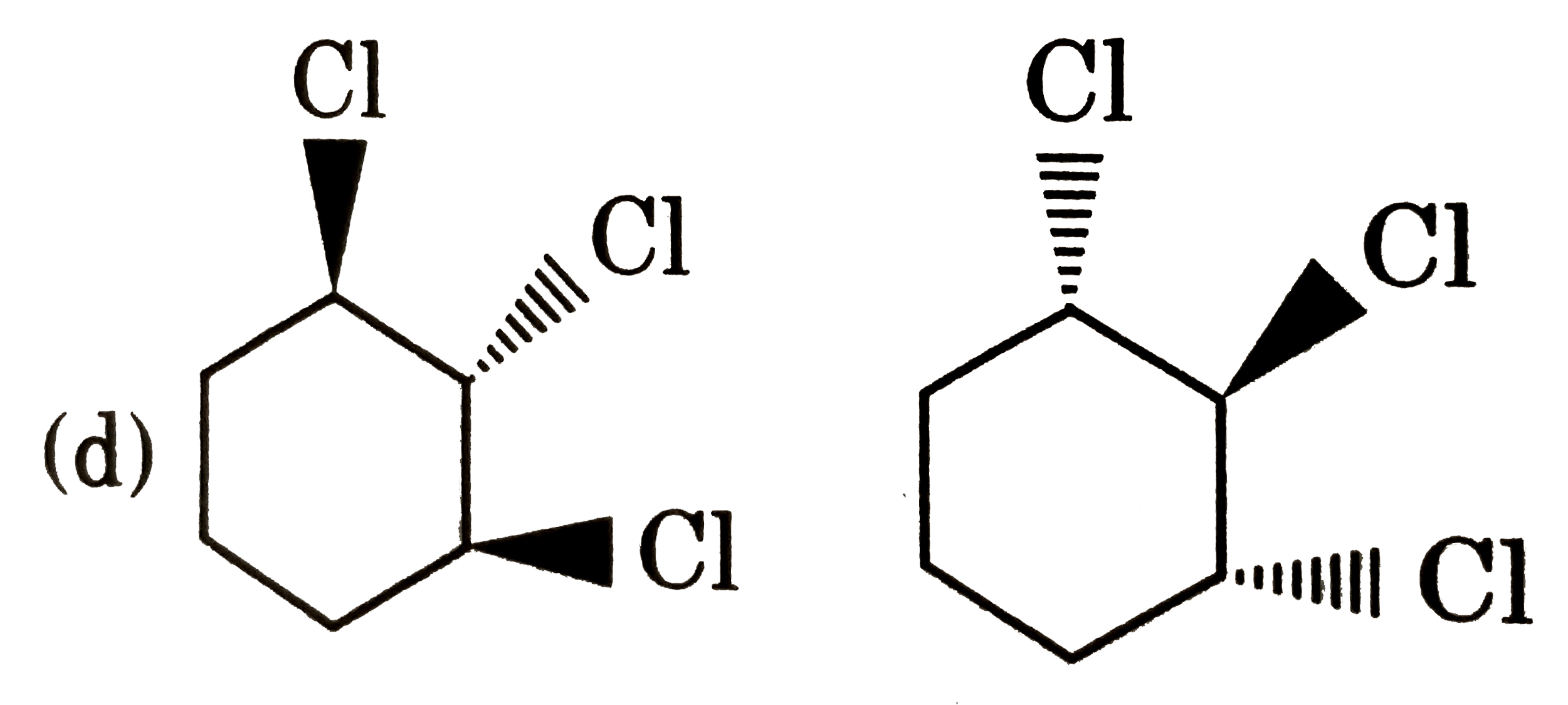
Which of following pair is Diastereomers:
View SolutionIn which of the following reactions , diastereomers will be formed ?
View SolutionR,S-configuration is a useful tool for determination of enantiomers, diasteromers and homomers. If configuration of all chiral centers are opposite then structures are enantiomers, if all chiral centers have same configuration then they are homomers and if some have same confguration and some have opposite configuration then they are diastereomers.

Which of hte following is not diastereomer?View SolutionAn organic compound having a carbon attached to four different group is optically actve, But is it that opposite is also true? That is, do all optically active organic compounds have chiral carbons? Not necessarily. Presence or absence of chiral centre is not the sufficiet criterion for optical activity. The ultimate criterion is presence or abosence of either plane or centre of symmtry. Two compounds which are non super im[osabble mirror images of each other are called enantiomers. If a compound contains more than one chiral carbon, new words are required to describe the relationship between various stereo isomers of the compounds. Those words are diastereomers and mesomers.
Which of the following form diastereomeric pair?
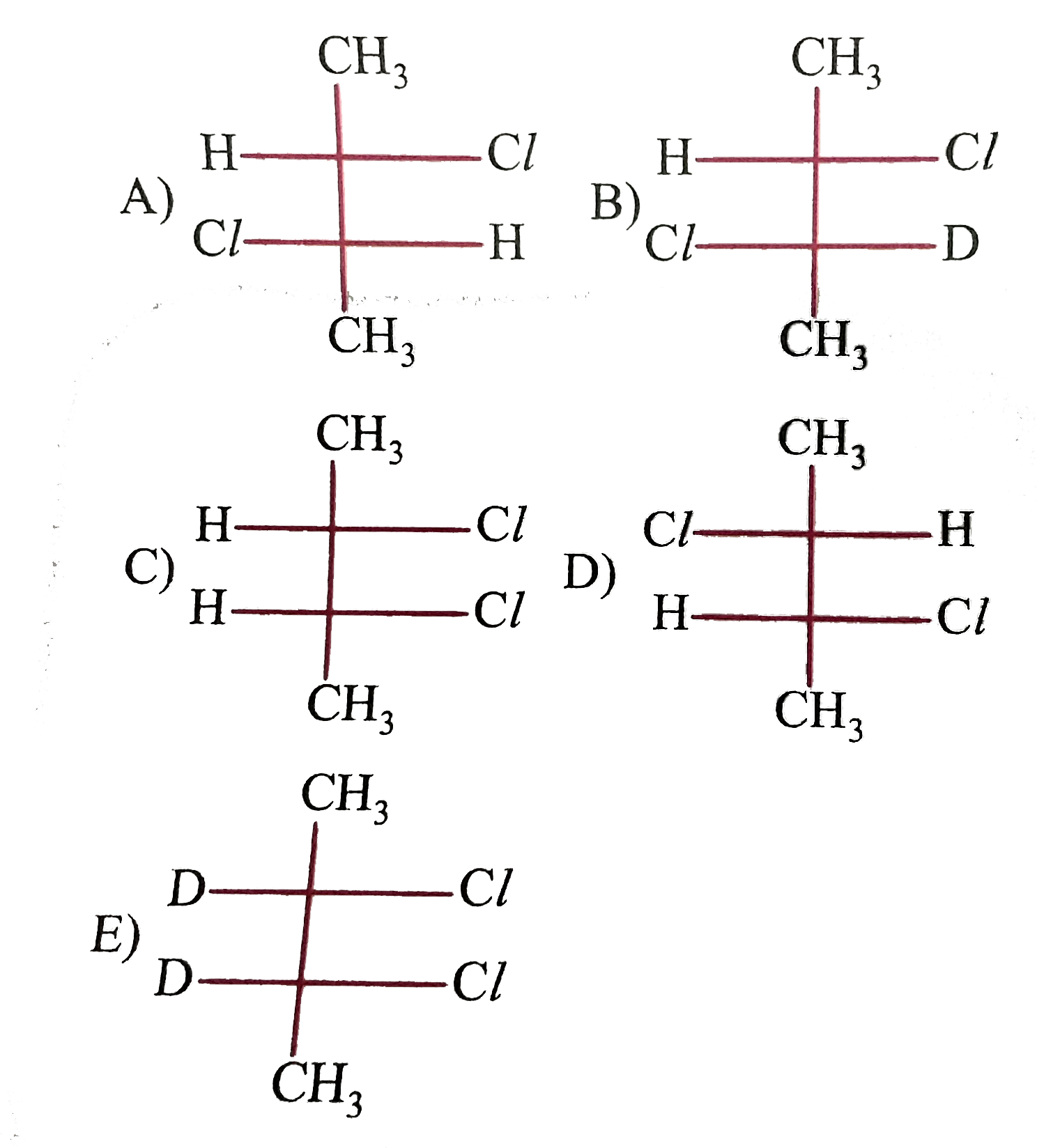 View Solution
View SolutionWhich of the following compound give diastereomers when treated with Br2 in CCl4?
View Solution

